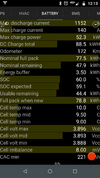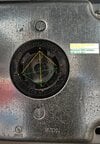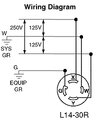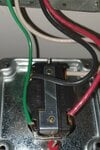I plug my car in every time I park in the garage, because i charge every night.
But I have set the charging to begin late at night, so it is ready one hour or so before I leave for work. This gives a low SOC during the night. And, as known, I charge quite low.
If you park outside in really cold weather the battery needs to be heated if the car has been parked for long time( the car does this automatically). It will use more energy but if any heating is needed before the drive next day, the difference might not be that big. The ”trick” to charge asap on arrival, is a electric bill saving trick, not s battery saving trick. But for cold season outside, calendar aging is low anyway so it do not matter that much).
The battery itself wont profit from once-a-month 100% charging, Long range cars/batteries. The only ”maybe” gain is that the BMS is supposed to be mire accurate. ( I get higher charge every now and then from actual need for travel etc, but now Its five-six weeks since the last full charge, and the BMS says about the same kWh). In most cases the BMS is onntrack anyway, I guess.
To charge to 100% and run it really low do not save the battery. Its a BMS Calibration procedure to get the miles on the screen higher, but it does only that = increase a number on the screen. Calibrating BMS causes a slight extra wear on the battery( SOC higher then needed for some hours, not a big problem but to understand that it do not help the battery at all.
Run it low, and stay low as per the statements in your first part of the post will save the battery.
-Low SOC during sleep.
-Small cycles (charge often)
-Do not use a higher charging target than you need. Keeps the cycles lower in the range and helps having low SOC at night.






